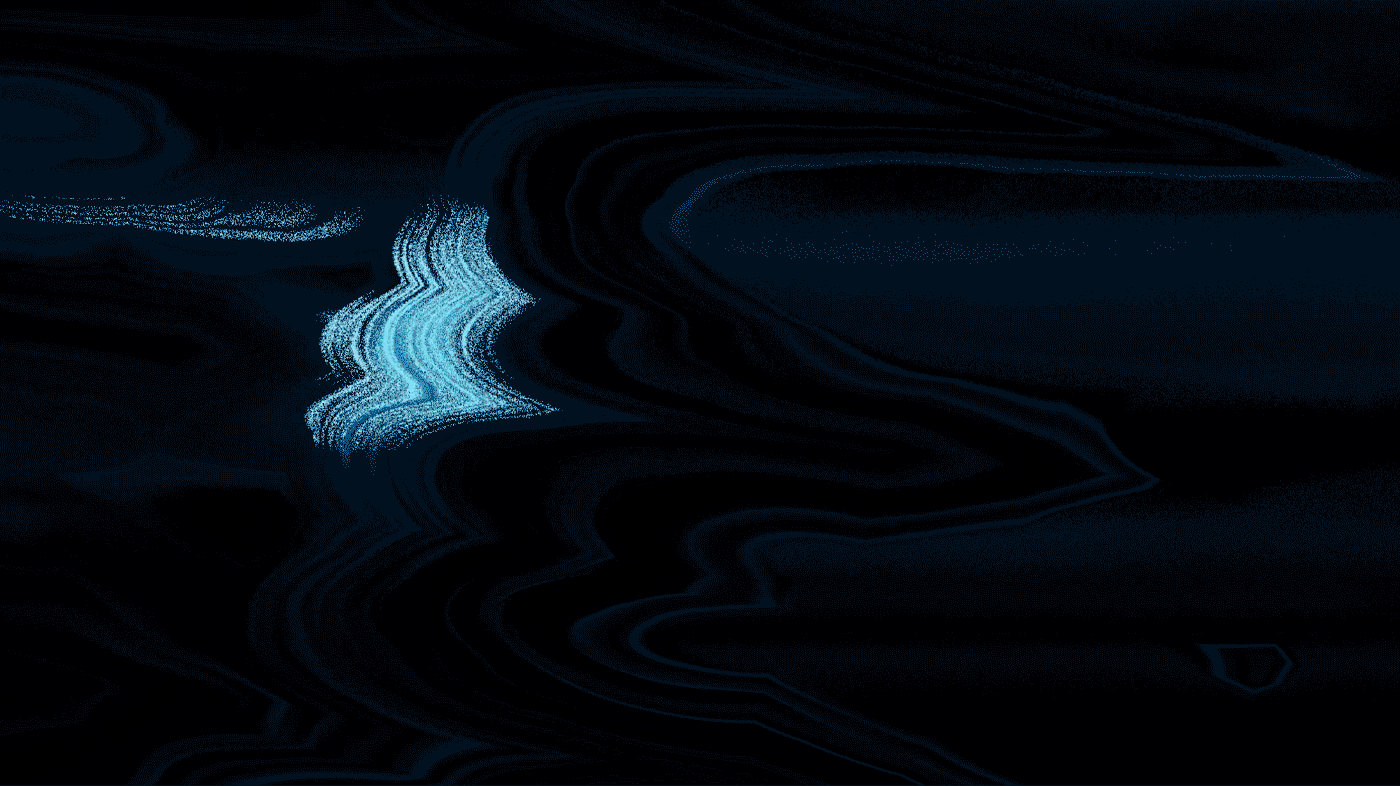Title Sequence++
Year of Completion: 2022
Experimental Video Art
Made with: Adobe Photoshop, Adobe Premiere Pro, p5.js, PoseNet, OpenGL Shading Language (GLSL)
Year of Completion: 2022
Experimental Video Art
Made with: Adobe Photoshop, Adobe Premiere Pro, p5.js, PoseNet, OpenGL Shading Language (GLSL)
Title Sequence++ is a collection of experiments that begin to treat title sequences as ‘found material’, presenting iterations of how they could be manipulated beyond their immediate conceptualised form. In acknowledging title sequences’ ability to condense ideas, moods and themes, this project explores the deconstruction of the medium by designing new ways to ‘read’ them.
︎︎︎ Full Project Site
In tandem with:
︎︎︎ Title Sequence++ (the catalogue)
︎︎︎ Title Sequence++ (the installation)
︎︎︎ Full Project Site
In tandem with:
︎︎︎ Title Sequence++ (the catalogue)
︎︎︎ Title Sequence++ (the installation)
00. CONDENSING TITLE SEQUENCES
Since title sequences could be regarded as a compact account of its film, the goal was to further condense the entire sequence into a single “frame” while retaining its visual sensation through the use of long exposure photography.
Since title sequences could be regarded as a compact account of its film, the goal was to further condense the entire sequence into a single “frame” while retaining its visual sensation through the use of long exposure photography.
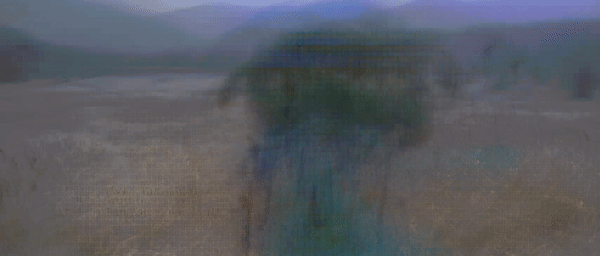
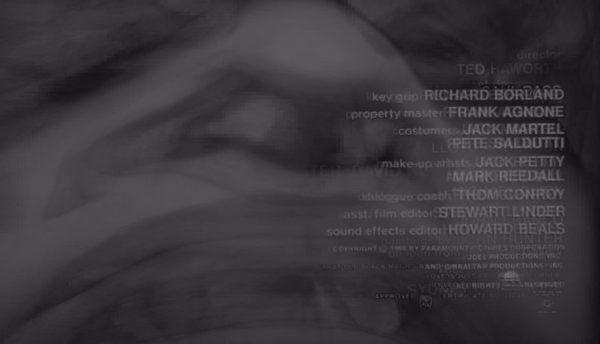

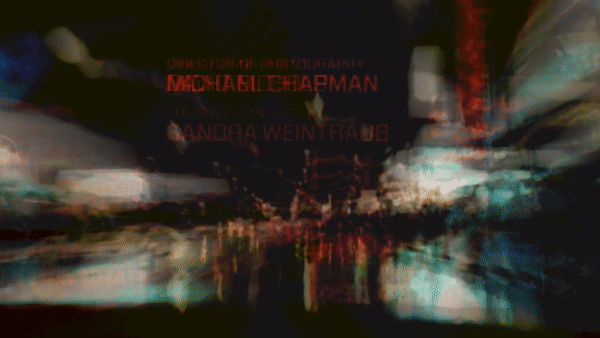
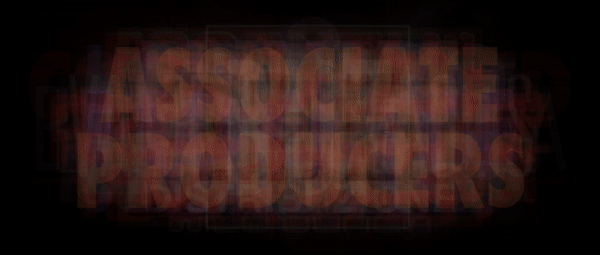
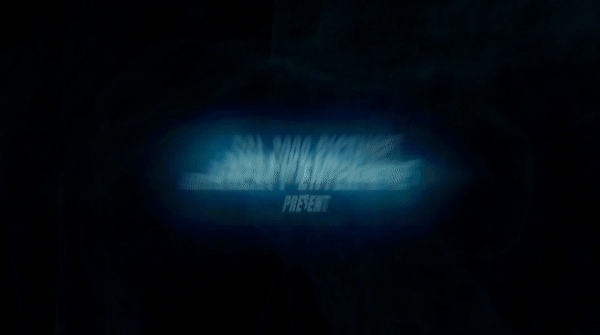
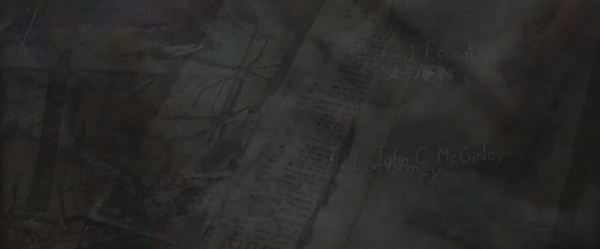
01. LAYERING FRAMES
Although the previous exploration produced a collection of unique still images, they do not effectively communicate the capabilities of moving images to convey expression. Hence, I decided to translate them into a video by animating each frame such that the final visual assembles concurrently with the original sequence.
As these sequences play over time, the overlaid text begin to become illegible and subjects turn hazy. Be it deformed figures that appear to continuously dematerialise or typography in disarray, they gradually reveal visual timestamps of what they once were.
Although the previous exploration produced a collection of unique still images, they do not effectively communicate the capabilities of moving images to convey expression. Hence, I decided to translate them into a video by animating each frame such that the final visual assembles concurrently with the original sequence.
As these sequences play over time, the overlaid text begin to become illegible and subjects turn hazy. Be it deformed figures that appear to continuously dematerialise or typography in disarray, they gradually reveal visual timestamps of what they once were.
02. INTERACTIVE SEQUENCES
Each sketch exaggerates specific motifs that the title sequences embody. When the intensity of the distortion is at its maximum, it amplifies the title sequences to the extent that the clarity and functions they once performed become unknown. Insofar as vague artefacts are involved, they capture viewers’ attention as they resist straightforward understanding.
Each sketch exaggerates specific motifs that the title sequences embody. When the intensity of the distortion is at its maximum, it amplifies the title sequences to the extent that the clarity and functions they once performed become unknown. Insofar as vague artefacts are involved, they capture viewers’ attention as they resist straightforward understanding.


03. ANALOGUE MANIPULATION
This series of explorations reconstructs the visual outcome of title sequences through the use of analogue methods. The filmic medium is a marriage of independently impoverished images, sound and spaces which when once combined, forms a new composition. This exploration capitalises on this and further delves into the use of projections in a physical space.


04. ABSTRACTING COLOUR PT.1 (PIXEL OFFSET)
With the intention to completely alter the nature of title sequences, this exploration abstracts their colours to form new compositions that are able to represent the film it is derived from.
The title sequences were loaded into p5.js which selected random pixels from the video from each frame. The sketches then extracts their colours, inputs them into shapes (rectangles) and maps them (their X and Y position) along the width orheight of the canvas according to their RGB values.


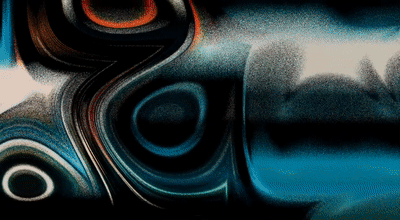
05. ABSTRACTING COLOUR PT.2 – GLSL
Following the previous exploration, I wanted to create another composition that completely deviates from the original sequence. The manipulation done here offsets and alters the placement of the pixels, distorting the title sequences into ripple waveformations.

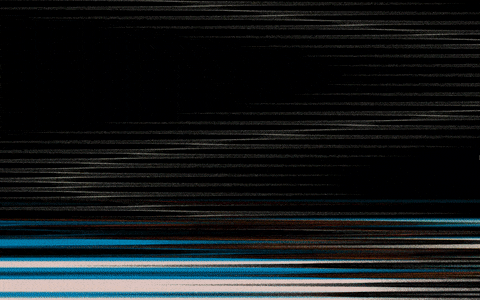
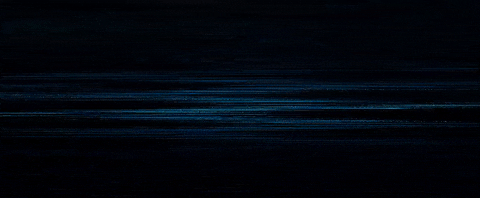
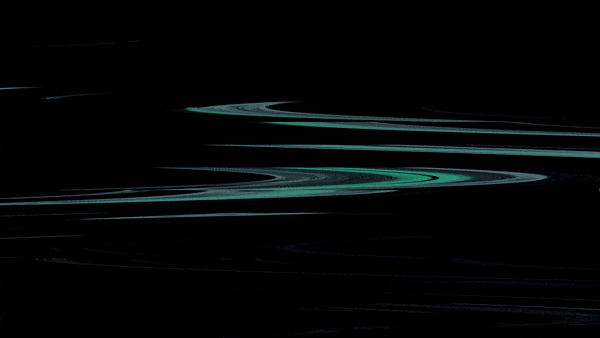
06. ABSTRACTING COLOUR AND SOUND
Similar to the previous two explorations, this exploration also abstracts title sequences into pure colour – void of any recognisable subjects. With every frame, it distorts the sequences by offsetting the position of their pixels along the X and Y axis. It taps into the audio of the title sequences to determine the offset values.
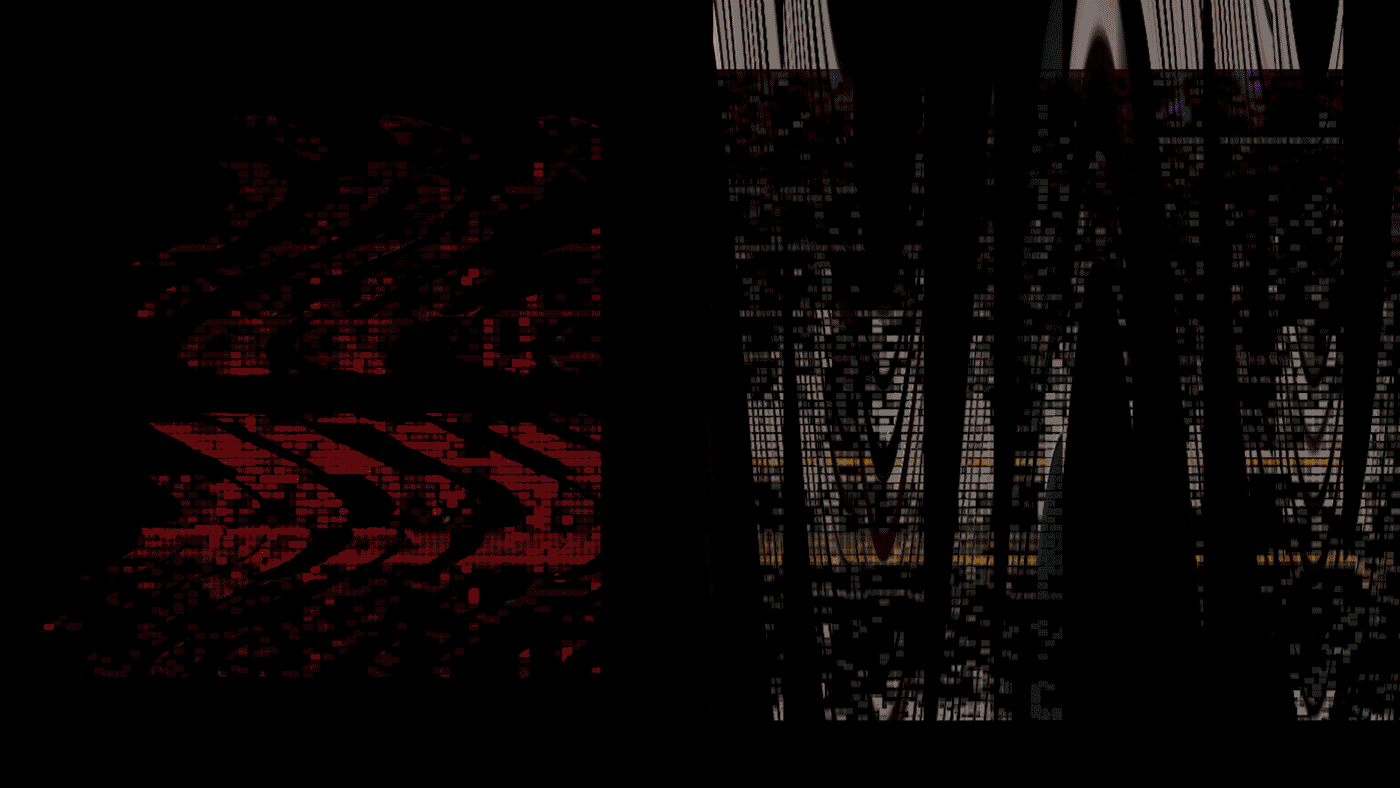
08. A DERIVATIVE OF A DERTIVATIVE OF A DERIVATIVE...
As this project, in itself, ‘creates’ derivatives of what could already be seen as derivatives, this forms an additional layer of outcomes based on the current body of works. This exploration stitches the ‘new’ outcomes together according to the flow of the original sequences. In addition to splicing them together, it layers the footage on top of one another using different scales, orientations, opacities and blend modes – methods that have already been used throught the process of this project.
In designing new ways to “read” title sequences, Title Sequence++ presents various methods of manipulating and deconstructing them in attempt to display the effectiveness of title sequences. Even when the resulting seqeunces are void of recognisable subjects, they still communicate the underlying ideas, moods and themes of the films they represent.
The explorations done for this project largely rely on computational data, e.g. colour information orsound, to create ‘new’ visuals. Using code in thisprocess provides a foundation for digitally informed works. In the chaos of deconstruction, code allows space for parameters (which can be tweaked) to be set while still producing unique results.
The resulting ambiguous presentations of titlesequences serve as a distraction from attempts to make meaning from the artefact itself. By foregrounding specific attributes until a new composition emerges, these presentations call attention to the medium itself and suggest their affective states.
In so far as vague artefacts are involved, they capture the attention of viewers as they resist straightforward understanding. This approach – of tapping into ambiguity and abstraction, potentially invites room for analytical, interpretative and creative thought processes which can enhance audience experiences from an intellectual and sensual standpoint.
The presented works do not intend to replace titlesequences nor dictate or formulate rules to design ways to convey moods and emotions. Instead, they ruminate on how abstraction and ambiguity can be used to resonate with audiences.
In tandem with:


